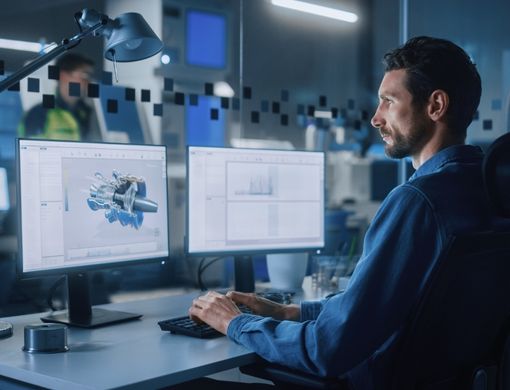Advantages of digital twins
Advantages of digital twins
The main advantages of digital twin technology are:
Real-time monitoring
Real-time monitoring
They allow us to track a process remotely and in real-time.
Predictive maintenance
Predictive maintenance
They allow us to anticipate problems ahead of time in order to solve them quickly. We can also implement improvements at different levels in the production chain and reduce maintenance costs.
Risk and failure detection
Risk and failure detection
The information and data processed using this technology can help to detect possible errors in the prototype in order to start working on a solution and avoid disrupting the real twin's system.
Resource optimization
Resource optimization
Work processes are optimized by improving the production chain, reducing investments in the process, and saving on costs.









